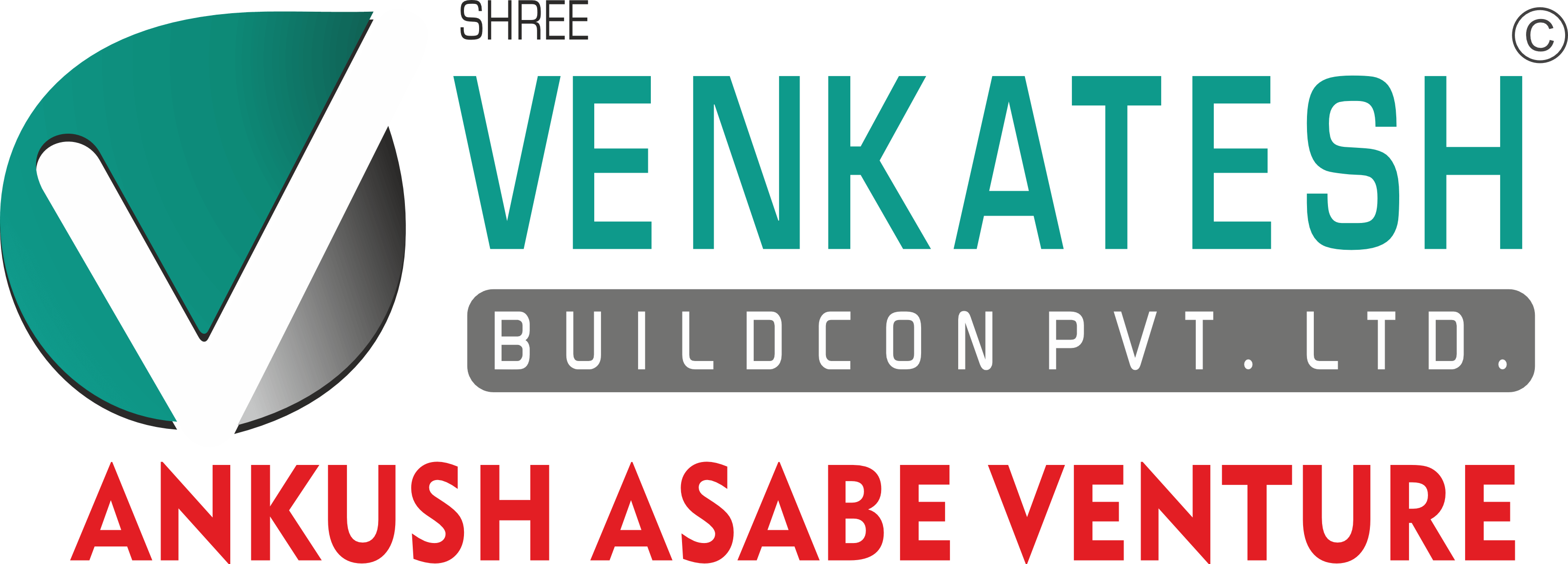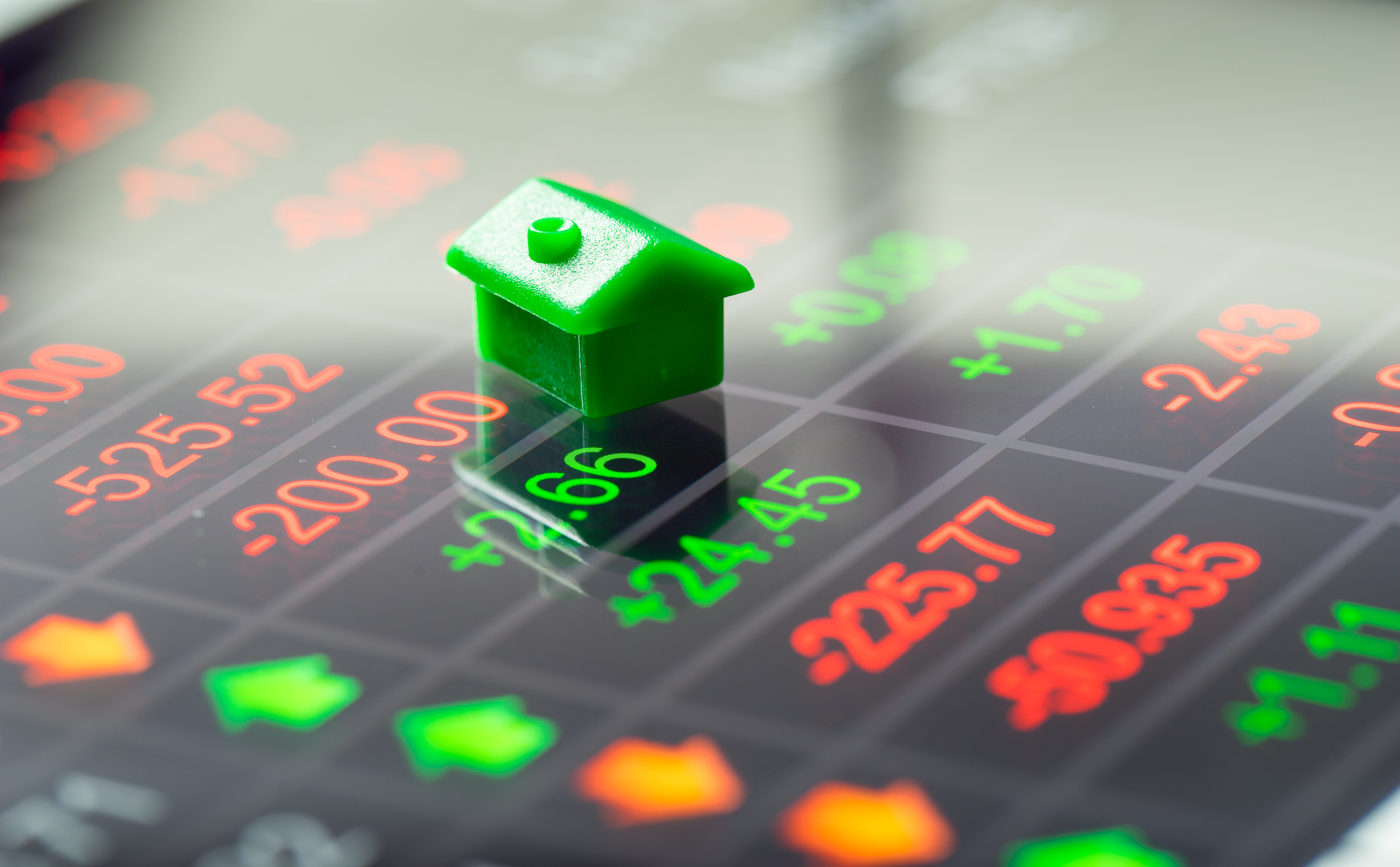Introduction
As of May 30, 2025, Pune’s real estate market continues to demonstrate robust growth, buoyed by extensive infrastructure development, surging demand across residential and commercial segments, and the integration of smart technologies. Recognized as one of India’s fastest-growing urban hubs, real estate in Pune is being driven by both public and private sector initiatives. With increasing investor interest and a steady influx of migrants from other regions, the Pune property market remains a key focus for homebuyers, developers, and institutional stakeholders alike.
1. Infrastructure Developments Fueling Growth
The surge in Pune’s real estate market can primarily be credited to significant infrastructure development initiatives that are enhancing connectivity and quality of life. The Pune Metro expansion, which now connects key zones like Shivajinagar, Hinjewadi, and Pimpri Chinchwad, has significantly cut commute times and spurred residential interest along its corridors. The Pune Ring Road project, aimed at decongesting city traffic and enhancing logistics movement, is unlocking peripheral areas for large-scale development. Additionally, the Smart City initiatives Pune continue to improve urban infrastructure, integrating intelligent traffic systems, improved waste management, and digitized municipal services. These advancements not only elevate the quality of life but also make surrounding real estate more appealing for both investors and end-users.
2. Residential Market Trends
In May 2025, Pune’s residential sector showcases a healthy mix of affordable housing in Pune, integrated townships Pune, and luxury housing demand Pune. According to a recent Anarock report, Pune witnessed a 12% year-on-year increase in housing sales in Q1 2025, with mid-income and luxury segments seeing the most traction. Integrated townships Pune in areas like Kharadi, Hadapsar, and Mahalunge are gaining prominence due to their self-sustaining models, offering schools, healthcare, and retail within gated communities. In the meantime, the availability of affordable housing in Pune through the PMAY (Pradhan Mantri Awas Yojana) remains appealing to first-time homebuyers, particularly in peripheral areas such as Wagholi and Moshi. Luxury housing demand Pune is also on the rise, driven by NRIs and upwardly mobile professionals seeking spacious, amenity-rich homes. Projects featuring high-end amenities such as concierge services, rooftop lounges, and wellness zones are performing particularly well in Baner, Aundh, and Koregaon Park.
3. Commercial Real Estate Dynamics
The Pune commercial real estate sector is experiencing significant growth due to robust demand for office space, particularly in the IT and fintech corridors. Hinjewadi, Kharadi, and Magarpatta have seen new Grade A office spaces emerge, catering to both multinational corporations and fast-growing startups. A notable trend in 2025 is the growing popularity of co-working spaces Pune, which now account for nearly 18% of total office leasing in Pune, according to JLL India. These spaces offer flexibility and cost-effectiveness, making them particularly attractive to SMEs and hybrid workforces. The availability of plug-and-play offices, coupled with Pune’s tech-savvy talent pool, continues to make the city an attractive option for corporate expansion.
4. Technological Advancements and Smart Homes
The Pune real estate market is rapidly embracing digital transformation. Developers are increasingly incorporating smart home features such as IoT-enabled lighting, smart locks, voice-assisted automation, and AI in real estate. These characteristics are particularly common in recent developments in Baner, Balewadi, and Viman Nagar. Virtual reality in real estate tours and AI in real estate-driven property recommendations have become standard tools for realtors, allowing buyers to explore multiple properties from their homes. This technological integration not only enhances buyer convenience but also accelerates the decision-making process, especially for NRIs and outstation investors.
5. Sustainability and Green Living
Sustainable living Pune is now a key focus area in Pune’s real estate developments. Green building certifications like IGBC and GRIHA are being actively pursued by developers to align with environmental standards and cater to the eco-conscious buyer. New residential and commercial projects are increasingly incorporating solar energy, rainwater harvesting, waste segregation, and vertical gardens. Government initiatives real estate under programs like the Energy Conservation Building Code (ECBC) are encouraging developers to adopt energy-efficient designs. In areas like Bavdhan, Keshav Nagar, and Mahalunge, eco-friendly developments Pune and green living in Pune townships are setting new benchmarks for sustainable urban living.
6. Emerging Hotspots in Pune
Several localities are emerging as real estate hotspots due to strategic location advantages and infrastructure upgrades:
- Hinjewadi Phase 3 real estate: With the Pune Metro and Ring Road connectivity, this area is witnessing a boom in IT parks and residential clusters.
- Mahalunge-Maan Hi-Tech City: A flagship smart city zone, attracting investments in luxury townships and tech campuses.
- Wagholi real estate: Affordable housing destination with proximity to IT hubs and improved social infrastructure.
- Ravet property market: Rapid development due to its proximity to Pimpri Chinchwad, strong road connectivity, and upcoming schools and hospitals.
These zones are attracting both investors and end-users, with steady appreciation in property values anticipated through 2026.
7. Challenges in Pune’s Real Estate Market
Despite the upbeat trajectory, the Pune real estate market faces several challenges. The escalation of property prices, especially in prime areas, is impacting affordability for middle-income buyers. According to CREDAI, construction costs have risen by over 15% in the past year due to inflation in raw material prices.
Regulatory delays real estate, particularly in project approvals and RERA compliance, are causing project completion lags. Additionally, infrastructure gaps in certain fringe areas, such as inadequate water supply and lack of last-mile connectivity, remain concerns for prospective homeowners.
The industry is calling for more streamlined processes and public-private collaboration to overcome these roadblocks.
Conclusion
The real estate market in Pune as of May 2025 is at a crucial turning point, influenced by
advancements in infrastructure, the integration of technology, and the rise of sustainable
living practices. While challenges persist, the city’s long-term prospects remain promising,
particularly for investors eyeing high-growth corridors and future-ready developments.
With emerging hotspots in Pune like Hinjewadi Phase 3 and Mahalunge-Maan leading the
charge, and sustained demand across residential and commercial sectors, Pune is poised to
remain a top investment destination in India’s urban landscape.
For homebuyers, developers, and institutional investors alike, now is a critical time to
engage with the evolving Pune real estate market, capitalizing on its growth drivers while
navigating the shifting terrain with strategic foresight.
 Residential
Residential
 Ongoing
Ongoing
 Completed
Completed Upcoming
Upcoming Commercial
Commercial





